- How to Propagate Monstera Guide: The Three Ways to Succeed - September 17, 2021
- Escargot Begonia: Why Is The Rex Begonia So Rare? - August 31, 2021
- Rieger Begonia: When You Can Expect The Hiemalis Begonia To Flourish - August 31, 2021
Philodendron Birkin is a relatively new plant to the gardening world. It is a mutation of the Philodendron Rojo Congo. It is beautiful, easy-going, and is definitely a plant that is perfect to use as a piece of indoor home décor.
How to Identify Philodendron Birkin
The key identifier for this plant is its large leaves that are variegated with dark green and creamy yellow, red, or pink colors. It has also been noted that the variegated colors of this plant are not stable. It can, over time, produce leaves that are variegated in different colors or leaves that revert to nearly solid green or white.
How to Grow White Splash from Seed
Most types of philodendron plants are propagated via stem cuttings; however, it is still possible to propagate one from seeds. To grow a White Splash plant from seed, follow these steps:
- Purchase seeds from a reputable seller (sellers who price their seeds between $1 and $2)
- Fill a container with a seed starting soil mix
- Plant the seeds in the soil mix
- Water the soil so that it is moist but not soggy
- Place plastic wrap over the top of the container
- Set the container in a warm spot that gets plenty of bright, indirect sunlight
- Once sprouts appear above the soil level, acclimatize them to open air
- Once the plants have established roots, move them to a more permanent plant container
How to Propagate White Splash
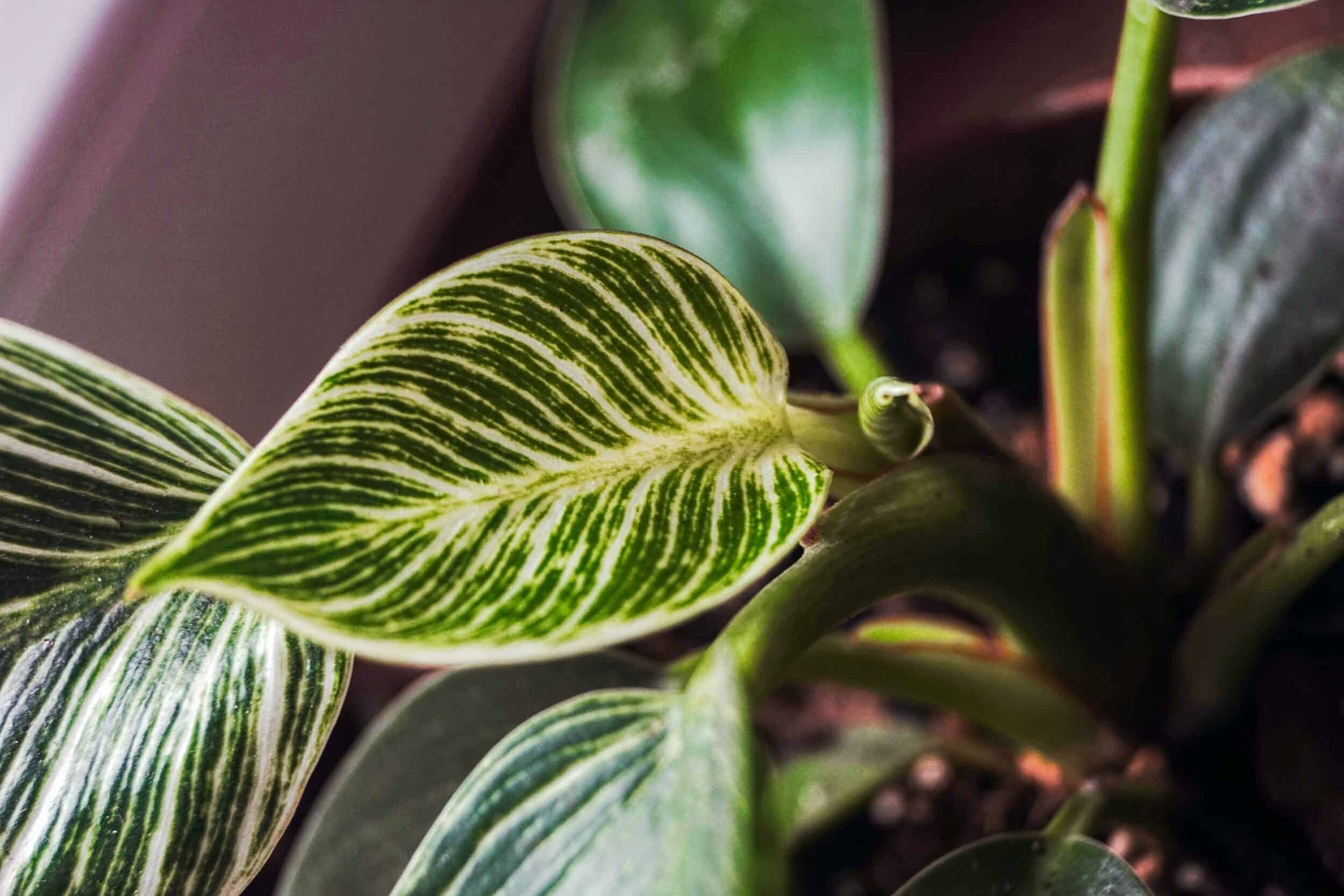
The most common and the easiest way to grow a new White Splash Plant is via stem cuttings. The steps for doing this are as follows:
- Using a sterile cutting utensil, cut off a healthy stem that includes a node
- Set the stem in a container filled with water for 6 to 8 weeks
- Set the container in a place that gets bright but indirect sunlight
- Change the water every other week
- Once roots are an inch long, plant the stem in a container filled with potting soil that contains a mixture of perlite
- Water the potting soil and keep it moist but not soggy
This plant can also be propagated directly in the soil. While propagating stem cuttings in water is usually more successful, propagating one directly in soil eliminates the possibility of the plant failing to adapt when it is transferred into the soil.
- Using a sterile cutting utensil, cut off a healthy stem that includes a node
- Pull off any leaves that are near the bottom of the stem
- Fill a plant container with potting soil and set the stem 2 to 3 inches into the soil
- Moisten the soil with water
- Set the plant in a warm spot with bright, indirect sunlight
- Water the plant when the top inch of soil is dry
- Shoots should appear on the plant after a few weeks
For more information about propagating a White Splash plant via stem cuttings, watch this informative video.
White Wave Growing Conditions
This is a tropical plant that naturally grows in an environment that is warm and humid, so it prefers an environment that has a humidity level ranging between 40 to 70 percent and temperatures that are no lower than 60 degrees Fahrenheit. A hygrometer is a great way to test indoor humidity levels and a plant humidifier or pebble tray are both excellent ways to provide humidity for plants without making the rest of the household miserable.
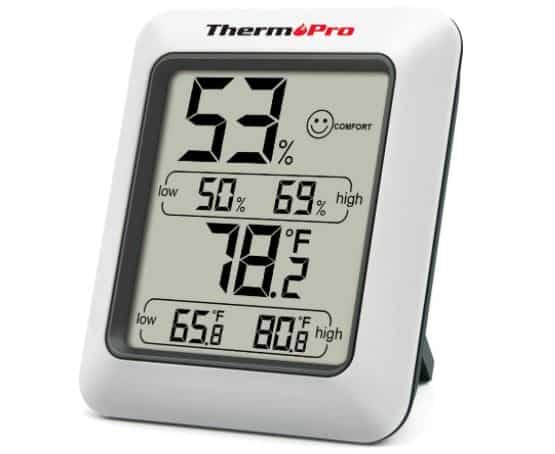
How to Plant White Wave
Since this is a fast-growing plant, it may need to be repotted every year. If a plant has not been repotted for a while, its root system needs to be examined to see if the plant is becoming pot-bound. Repotting will provide it with new, fresh soil and room to grow. The steps for repotting a White Wave plant are:
- Fill a new container that is two inches larger than its previous container with potting soil
- Create a hole in the soil for the plant to set inside
- Carefully remove the plant from its current container
- Gently dust off any excess soil from its roots
- Set the plant into the hole in the new container
- Spread the soil around so that the plant is secure in its new container
- Water the plant
- Set it in a warm spot with indirect sunlight
White Wave Potting & Soil
This plant prefers soil that drains well but can still hold moisture for a time. The soil should be moist, but not soggy. The best type of soil to use for a White Wave plant is an aroid potting mix.
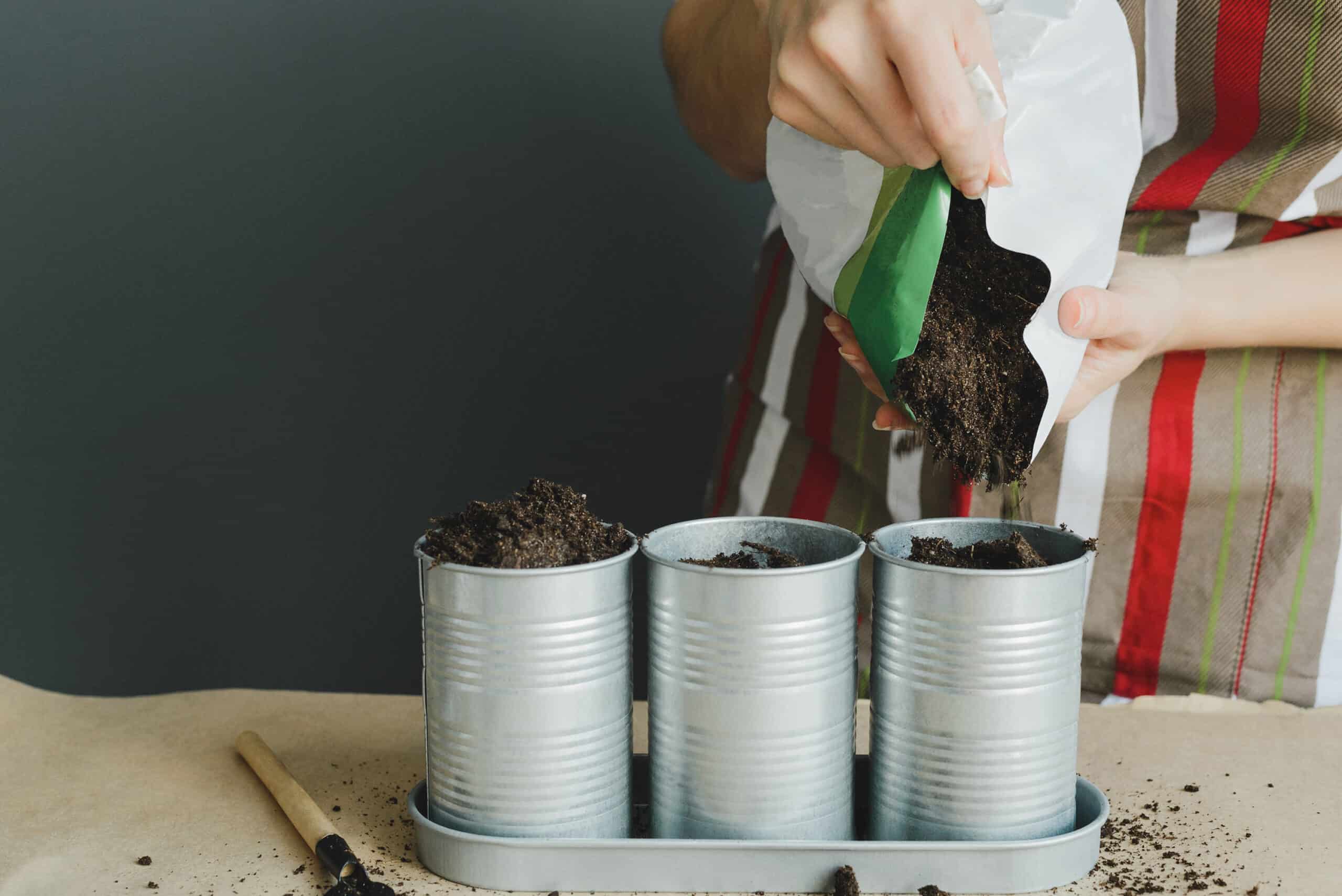
White Wave Water Requirements
The best way to water this plant is to use the soak and dry method. The steps for doing this are as follows:
- Test the soil moisture level before giving it a drink. If the top two inches of its soil is dry, it can use a drink, if however, the top two inches are still moist, it does not need any more water.
- If the plant needs a drink, fill a tray with a few inches of distilled water or rainwater.
- Set the plant container in the tray of water.
- Let the plant soak in the water for fifteen minutes. The roots will soak up water from the bottom of the container.
- Take the plant container out of the water.
- Allow the excess water to drain from the holes in the bottom of the plant container.
For peace of mind, try using a plant watering app to track when a plant has been watered, set reminders to water it, and get answers to common plant care questions.
White Wave Light Requirements
This plant grows and looks best when placed in a spot that gets plenty of bright, indirect sunlight. This may require that the plant is moved to different places as the sun changes positions throughout the seasons of the year. Using a light meter to test indoor light capacity is a great way to ensure that the plant is receiving the amount of sunlight it needs.
Best White Wave Fertilizer
This plant can deal with plenty of feedings throughout the year; in fact, it is recommended that it be given a feeding every other or every third time it is watered. Here are three fertilizer options for White Wave plants.
- A water-soluble and balanced fertilizer (dilute this to half strength)
- Organic fertilizer
- Worm castings (add this to potting soil when replanting)
Best White Wave Companion Plantings
This lush and tropical plant craves companionship. Setting one of these in a group of tropical plants will actually help increase the humidity levels of the room they occupy. This is not just about beautiful décor, but it is also about healthy and happy plants.
Monstera Minima
This plant hails from the tropical regions of Southeast Asia. It is alluring with its long, oblong leaves accented with holes. Not only will it look great next to a White Wave plant, but its easy-going nature and unfussy maintenance routine make it an ideal plant to grow.
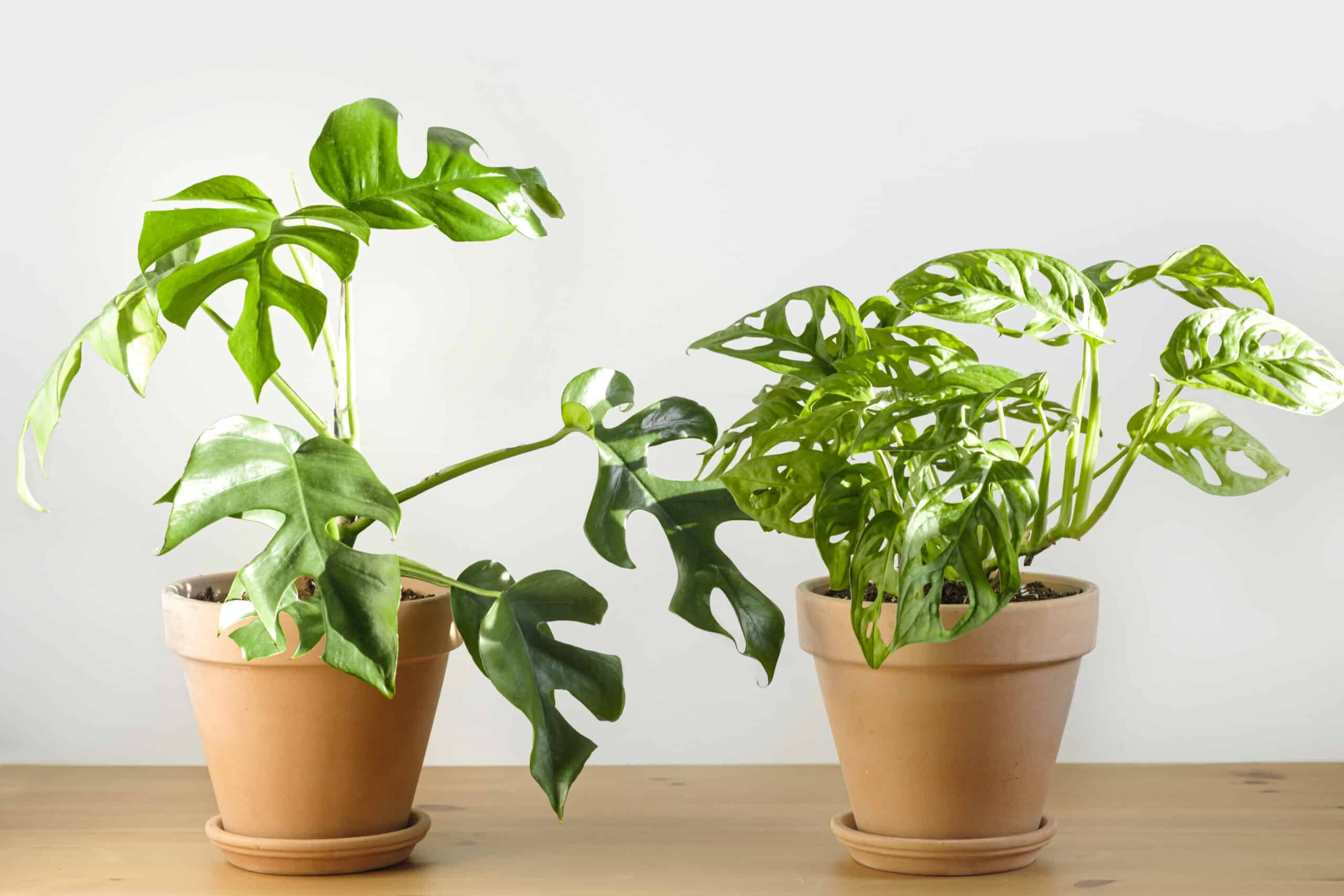
Common Ground
- Both plants prefer warm, humid climates
- Both plants prefer bright, indirect sunlight
- Both plants prefer soil that is well-draining, moist, but not soggy
Pros:
- It grows as a decorative trailing vine
- It is easy to care for
- It has a lot of common care requirements with White Wave plants
Cons:
- It is susceptible to root rot
- It is susceptible to infestations of spider mites
- It is toxic
Philodendron Bipinnatifidum
This is a plant with full, luscious, and beautiful leaves that will look appealing next to a White Wave plant. It grows in similar conditions to White Wave, and therefore, will make a great companion.
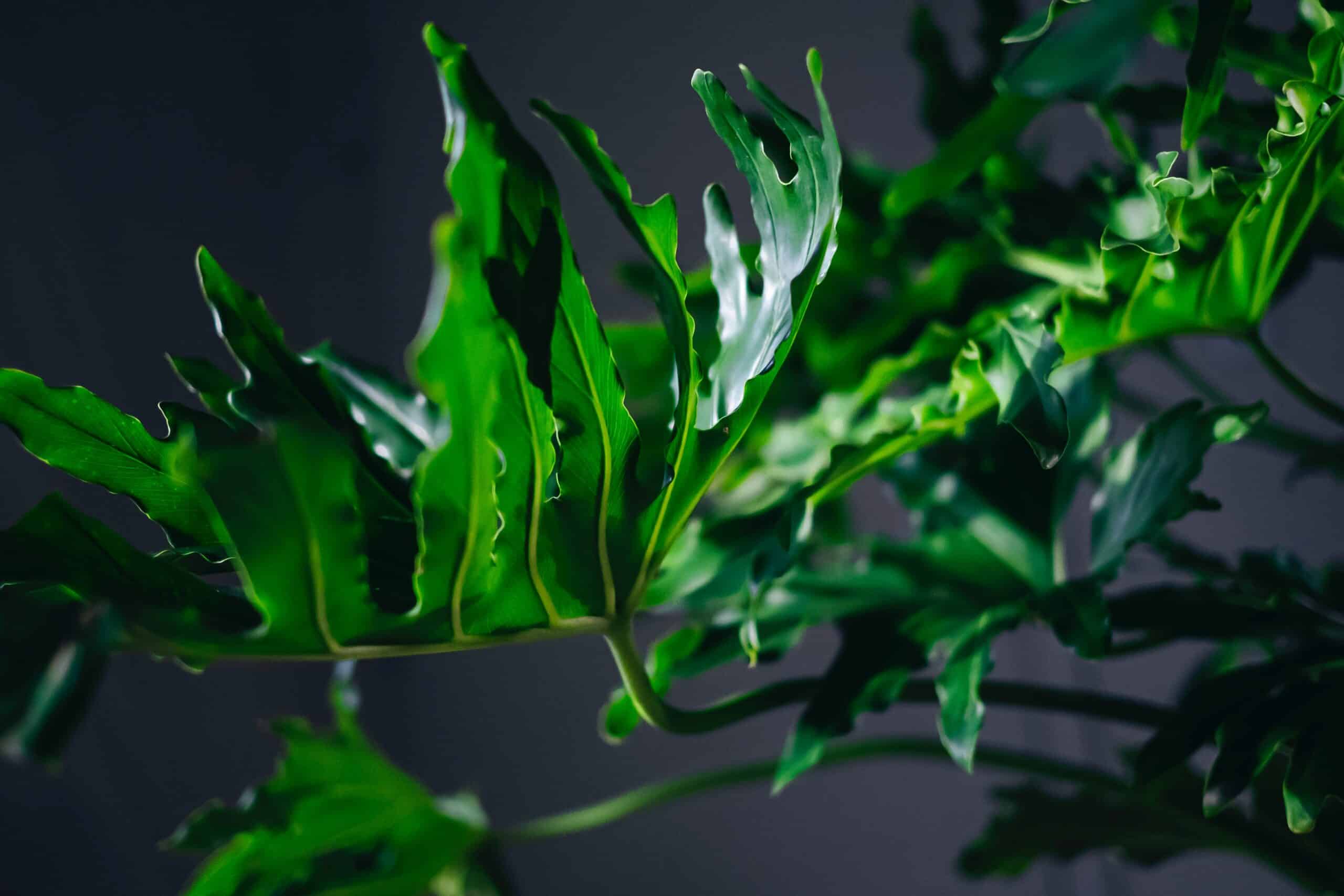
Common Ground
- Both plants enjoy plenty of indirect sunlight
- Both plants like moist but not soggy soil
- Both plants prefer warm, humid air
Pros:
- It has a lot in common with White Wave
- It is easy to care for
- It is easy to propagate via stem cuttings
Cons:
- It is toxic to animals
- Its leaves get dusty when grown indoors
- It attracts pests, such as spider mites, fungus gnats, and aphids
- It is susceptible to root rot
Philodendron Xanadu
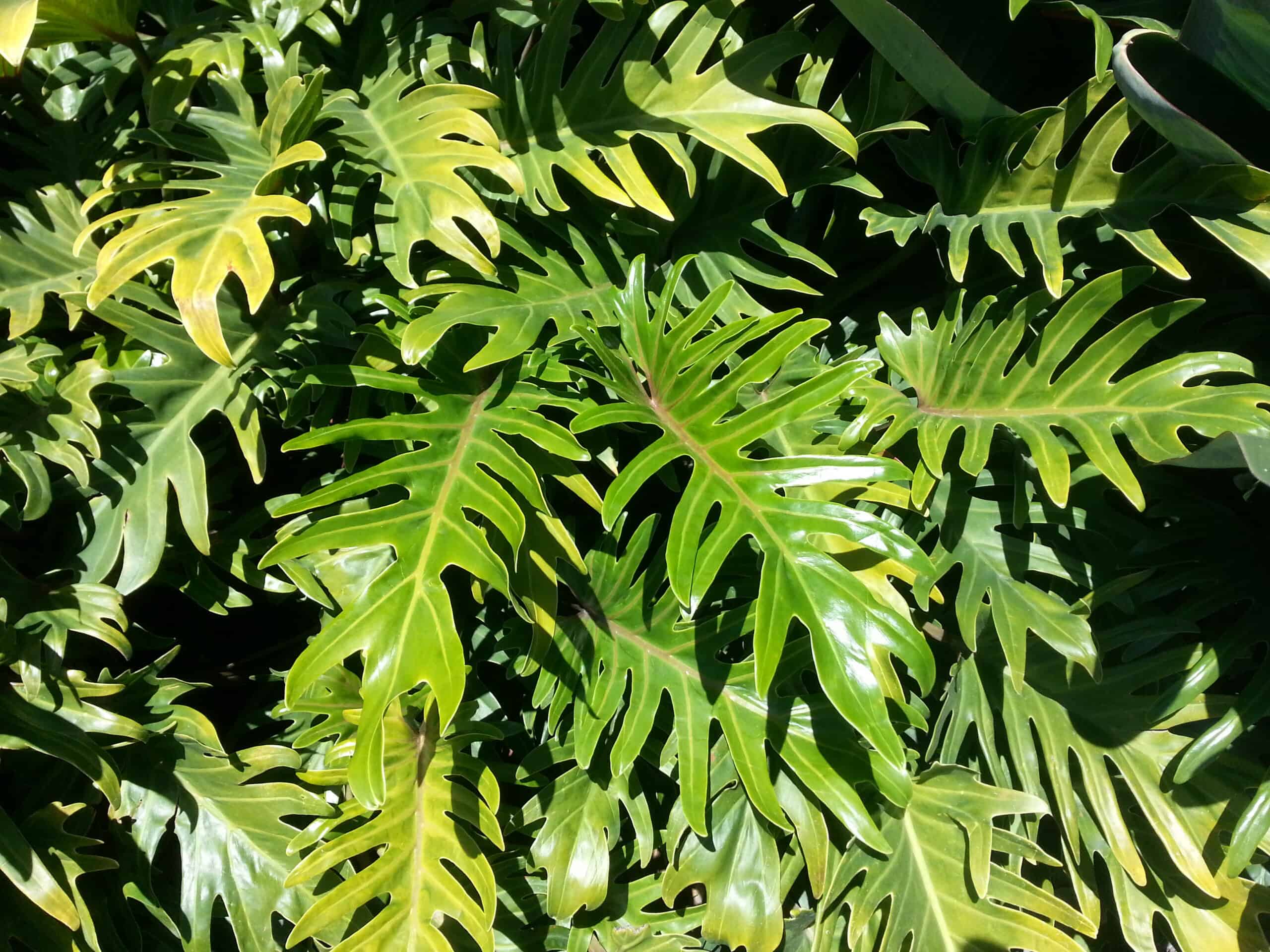
This is another tropical plant with split leaves. It grows upright but does not require support to do so. It is both beautiful and easy to care for.
Common Ground
- Both plants enjoy plenty of indirect sunlight
- Both plants like moist but not soggy soil
- Both plants prefer warm, humid air
- Both plants are easy to propagate via stem cuttings
Pros:
- It does not require much pruning
- It is resistant to most pests
Cons:
- It is toxic
- It is not cold tolerant
- It suffers from underwatering
White Wave Diseases and Common Problems
While this plant is hardy and easy to care for, it is susceptible to a few types of infestations and diseases. The most common problems it faces are:
Bacterial Blight
Evidence of this disease are leaves that wilt and stem veins that turn black.
Mealybugs
Evidence of an infestation of mealybugs is small white spots that look like cotton on leaves and stems.
Scale Bugs
Evidence of this problem is round lumps on the plant’s leaves and stems. These lumps are usually small, round, and brown in color.
Spider Mites
Evidence of a spider mite infestation will show up as webbing on the leaves and stems.
Thrips
Evidence of this type of infestation is small slivers on the plant that look like lobsters when magnified.
White Wave Treatments and Maintenance
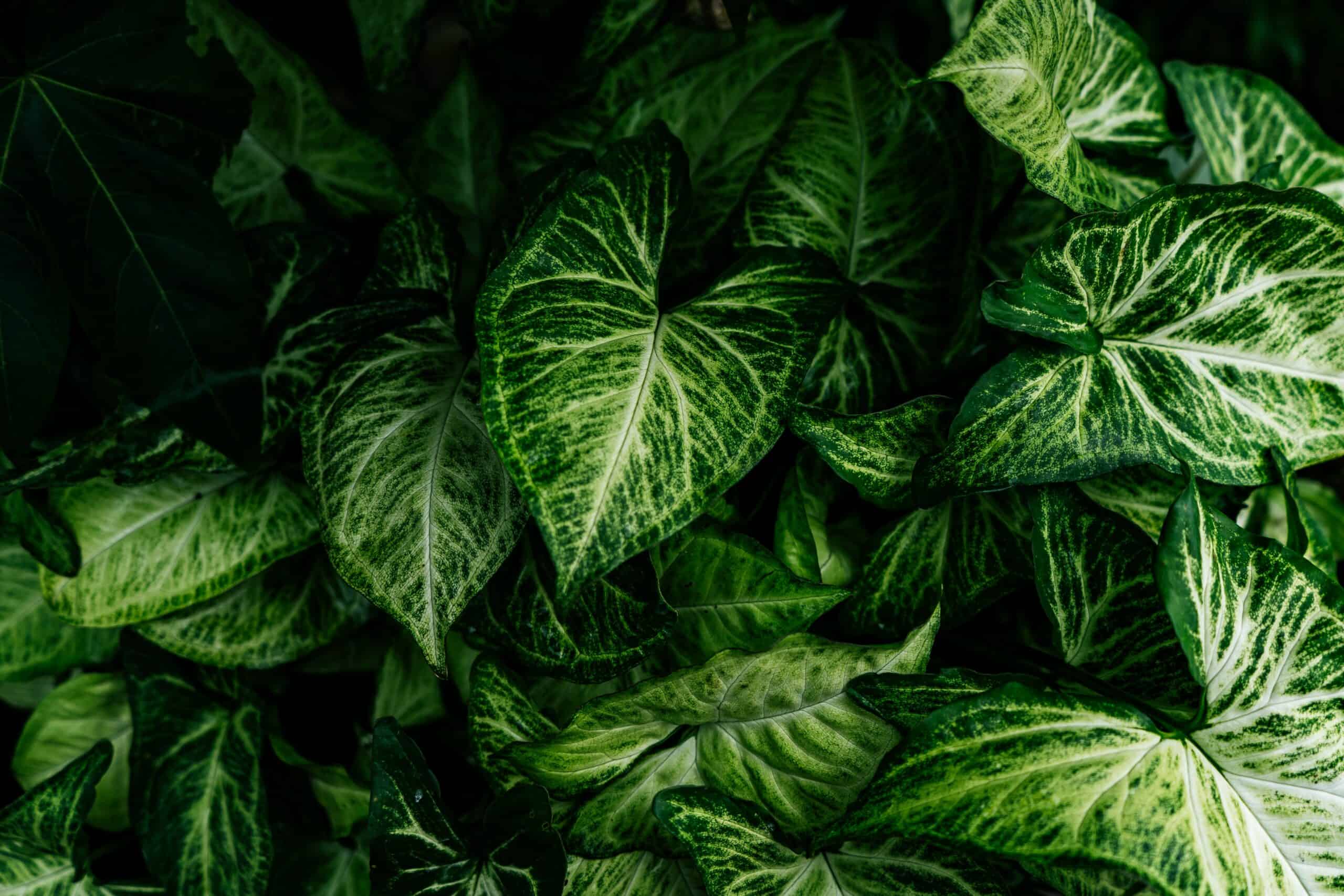
It is best to act quickly when a plant shows signs of an infestation or a common problem. These are the steps to treat the most common problems faced by White Wave plants.
Bacterial Blight
Since this is a contagious disease and grows quickly, any plant that shows signs of bacterial blight should be quarantined immediately. To deal with this type of infestation, follow these steps:
- Remove the plant from its container
- Wash off all the dirt from its roots
- Replant the plant in a clean container with fresh soil
- Use a plant protector such as Wilt Stop
Mealybugs
To deal with an infestation of mealybugs, follow these steps:
- Spray a solution of alcohol and water on the leaves
- Rub the leaves with a cotton ball
- Coat the leaves in neem oil or insecticidal soap every few days
Scale Bugs
To deal with an infestation of scale bugs, follow these steps:
- Spray them off with a hose
- Wipe the remainder off with neem oil and a cloth
- Prevent them from returning by coating the leaves with neem oil regularly
Spider Mites
To treat this type of infestation, follow these steps:
- Fill a spray bottle with a quart of warm water, 1 tsp. of dish soap, and 2 tsps. Of neem oil
- Spray and wipe the leaves and stems of the plant clean
- Repeat as necessary
Thrips
To treat this type of infestation, follow these steps:
- Spray the plant with a hose
- Remove any visible insects left on the plant
- Wipe down the leaves of the plant with neem oil
- Treat the plant once a week until the infestation has been removed
Where to Buy White Wave Seeds Online
White Wave is considered a rare plant to grow via seeds. The best place to shop for these seeds are going to be at the following online shops:
Where to Buy Mature White Wave Plants Online
While seeds for White Wave plants are often difficult to come by, mature plants are not. These online shops are great places to search for this plant.
FAQs
Question: Is White Wave Toxic?
Answer: Yes, this plant is toxic if ingested or if its sap touches the skin. Symptoms are usually mild, however, they should be monitored in case an emergency should arise. The symptoms of ingesting this plant are:
Diarrhea
Stomach pain
Nausea and vomiting
If a child or pet has consumed one of these plants and the symptoms have not abated, call a medical professional or poison control immediately.
Poison Control Center
Animal Poison Control
Ask a Poison Control Vet
Question: How Large Will White Wave Grow?
Answer: This plant can grow up to two feet wide and will usually be several feet tall.
Concluding Thoughts
White Wave is an excellent choice for anyone looking to add to their tropical garden and indoor décor items. It is extremely hardy, extremely hassle-free, and extremely beautiful.
Research Citations

